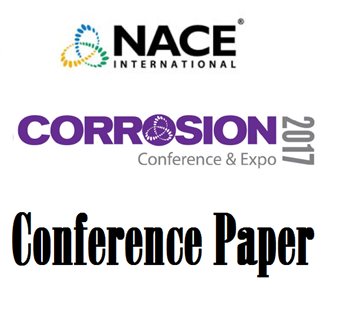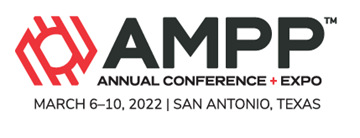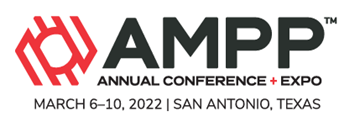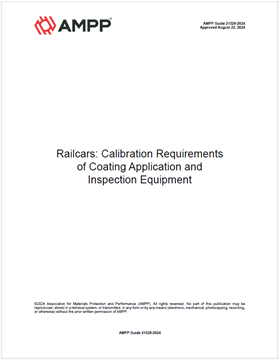Search
Coatings and Linings
View as
Sort by
Display
per page
A Study on Improving Surface Preparation Productivity Using Rectangular Blasting Nozzle
Product Number:
41216-980-SG
Publication Date:
2016
$20.00
A Theoretical Investigation On The Role Of Microstructural Particularities On The Hydrogen Embrittlement Of Nickel Alloys
Product Number:
51322-17718-SG
Publication Date:
2022
$20.00
Accelerated Offshore Coating Performance Testing
Product Number:
51317--9134-SG
ISBN:
9134 2017 CP
Publication Date:
2017
$20.00
Accelerating Construction in Sewer Collection: Madison CMIC Pump Station #1 A Case Study
Product Number:
51219-226-SG
Publication Date:
2019
$20.00
Adhesion Tests and Failure Modes Study on Structural Steel Coatings
Product Number:
41213-771-SG
Publication Date:
2013
$20.00
Advances In Digital Twin And AI To Predict And Manage External Corrosion - A Smart Tool For Decision Makers
Product Number:
51322-17991-SG
Publication Date:
2022
$20.00
After 30 Years Of Duplex Stainless Steel Experience In Oil & Gas - Do We Still Face Challenges?
Product Number:
51322-17690-SG
Publication Date:
2022
$20.00
Air Barriers 101: Basic Theory and Design
Product Number:
41206-238-SG
Publication Date:
2006
$20.00
Alphatic Polyurea Speification - The Development of SSPC Paint Specification 39
Product Number:
41205-183-SG
Publication Date:
2005
$20.00
Alphatic Thick Film Coatings - How You Can Habe Your Cake and Eat it Too!!
Product Number:
41206-270-SG
Publication Date:
2006
$20.00
AMPP Guide 21529-2024, Railcars: Calibration Requirements of Coating Application and Inspection Equipment
Product Number:
AMPP Guide 21529-2024
Publication Date:
2024
$109.00












